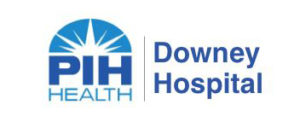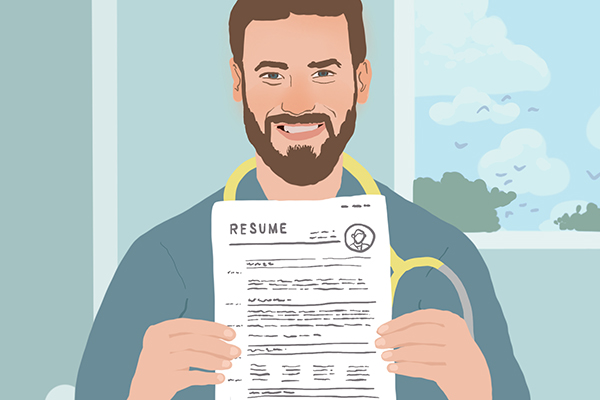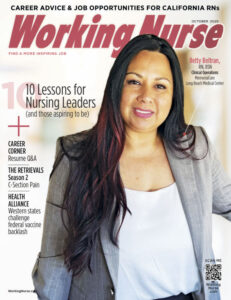Nursing & Healthcare News
“Nurses Don’t Like to Work Short-Staffed”
AACN study highlights the need for healthy work environments

As healthcare organizations around the country grapple with mounting nursing shortages, a new study from the American Association of Critical-Care Nurses (AACN) emphasizes the importance of providing healthier work environments in order to attract and retain nurses.
Lower Job Satisfaction
Back in October 2021, the AACN conducted the fifth in its series of large-scale nurse work environment studies, assessing nurses’ feelings about their units and organizations.
The survey questionnaires included questions about appropriate staffing, authentic leadership, communication and collaboration, effective decision-making, meaningful recognition, and physical and psychological safety.
AACN survey data has consistently demonstrated that when a nursing workplace scores well in these areas, nurses’ job satisfaction tends to be greater, reducing turnover.
There is cause for concern in the results of the latest study. Recently published in the journal Critical Care Nurse, results show that nurses’ work environments have declined in nearly every area since the previous survey in 2018.

























